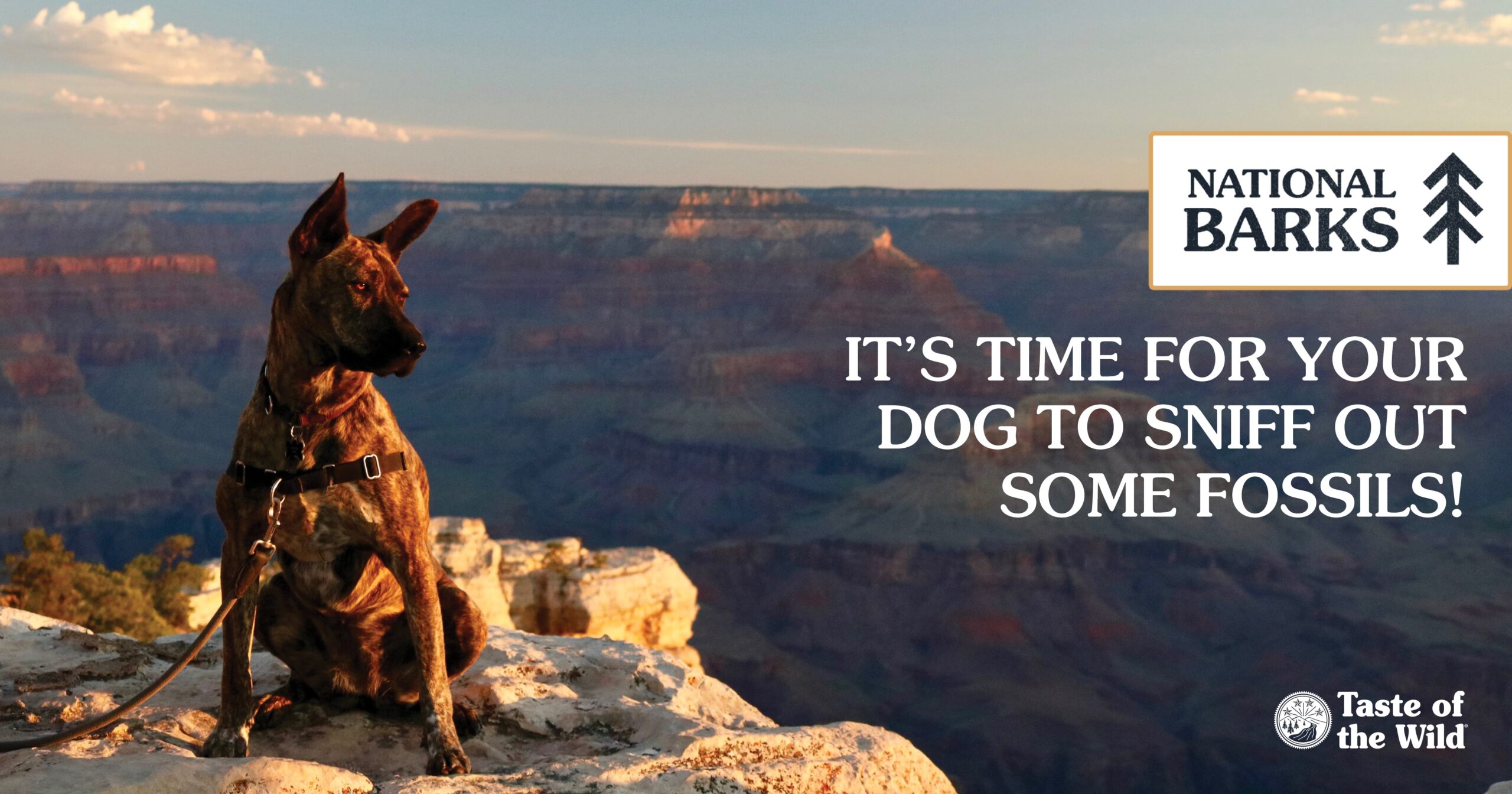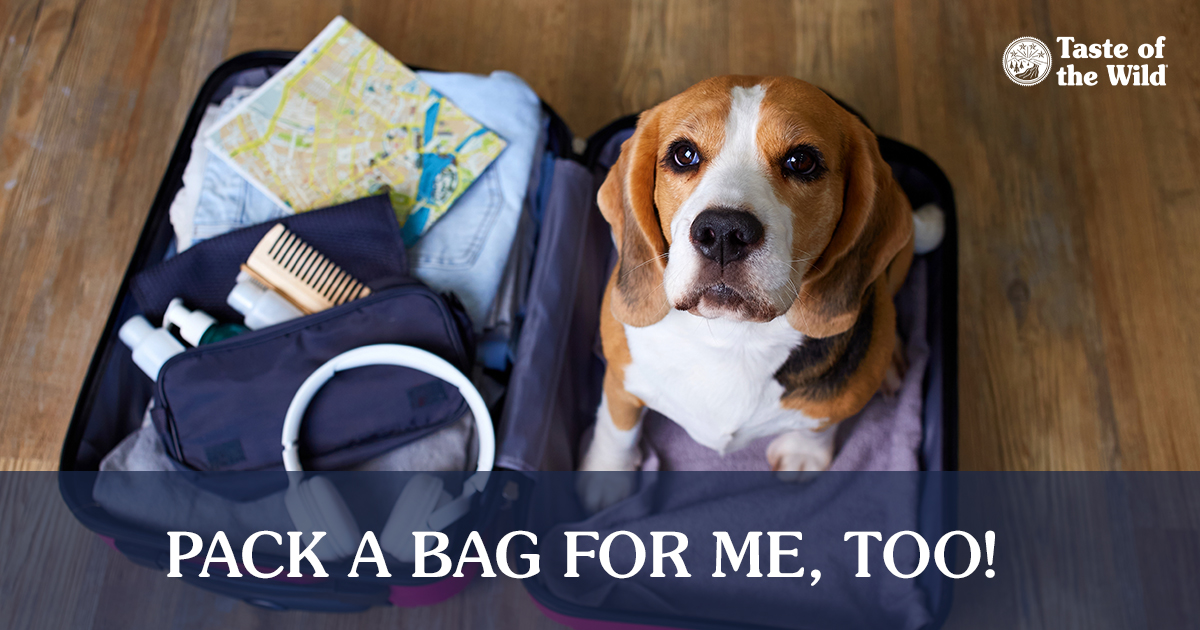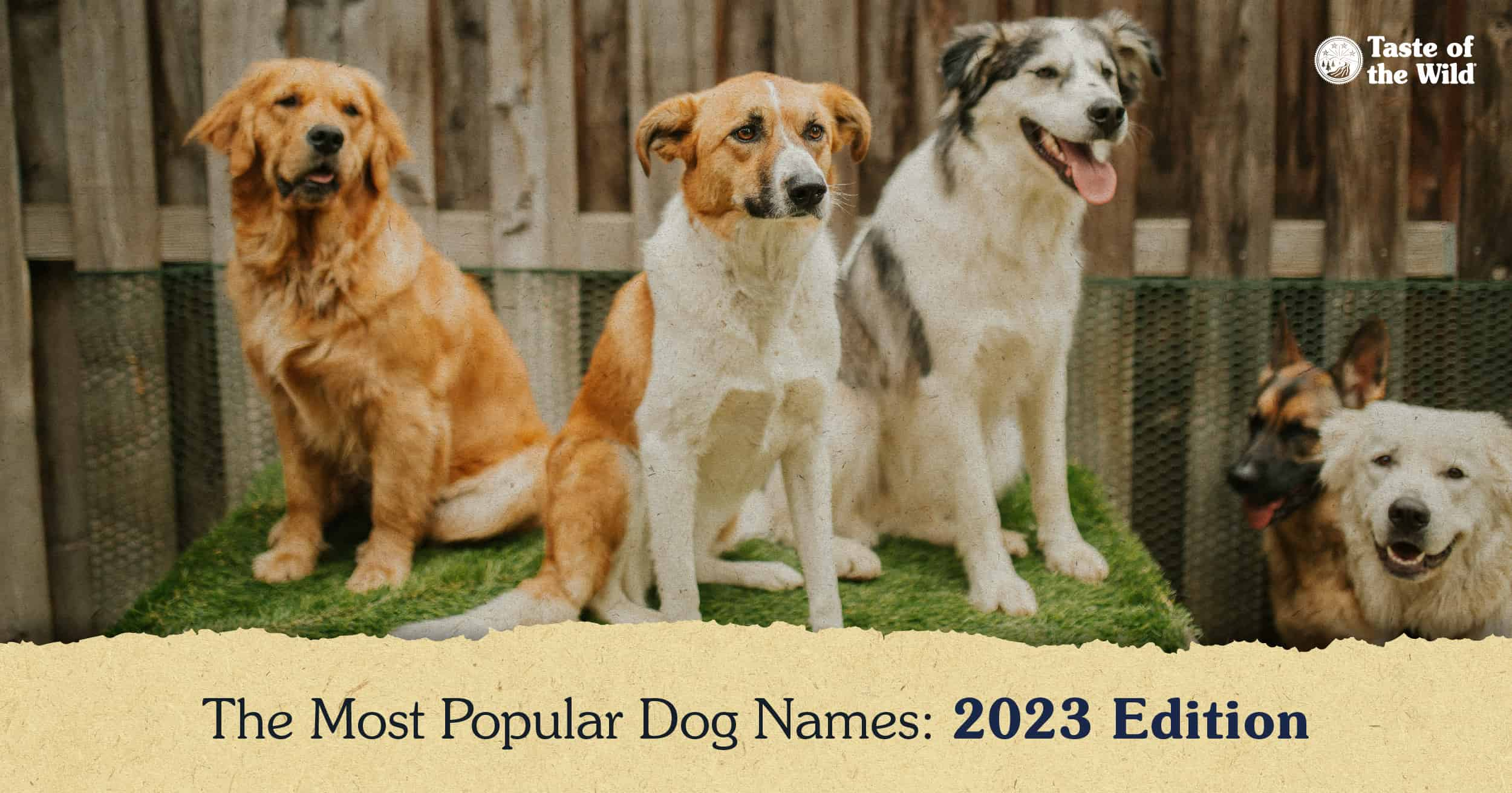National Barks: Walking Through the Grand Canyon
Thursday, May 18, 2023 | Lifestyle

Welcome to National Barks, our semi-regular guide to taking your dog sightseeing in the national parks. This month we’re going to have you and your doggo daydreaming about a visit to Grand Canyon National Park.
It’s a rockin’ place to take your dog.
Northern Arizona is home to one of the seven natural wonders of the world: the Grand Canyon! Known for its layered bands of rock, the Grand Canyon National Park showcases roughly 1.7 billion years of fossils and geological history across a 277-mile span. And this park is pet friendly to boot! Let’s unearth what portions of the park are open to doggos and how to keep your pet safe while admiring the Grand Canyon’s absolutely stunning views.
Trip Timing
Northern Arizona may experience all four seasons, but the region’s weather is mild enough for you to visit the South Rim of the canyon any time of the year. The North Rim entrance is closed between December 1 and May 15.
The South Rim houses the park’s visitor center and other facilities. They are open from 7 a.m. to 6 p.m. during the park’s peak time of May–September and from 8 a.m. to 5 p.m. during the park’s off-peak months of October–April. There isn’t a timed entry or reservation system to enter the park either.
While the park is open 24 hours, it is important to note that daytime temperatures in Northern Arizona during June, July and August average 93 to 95 degrees Fahrenheit. The heat, coupled with elevation changes, can affect your doggo. If traveling to the Grand Canyon in the summer, be sure to pack enough water, snacks and paw protection for your pet. Don’t forget to pack enough water and snacks for yourself, too.
Neither of you want to be without these essentials in that summer heat! Check here for ways to prevent canine heat stroke while packing that extra water jug.
If Fido gets nervous around large groups of people, travel experts recommend visiting during the off-peak months. Off-peak months of October–April can be less crowded and provide more comfortable temperatures during the daytime hours. Evening temperatures in the off-peak months can fall below freezing, so either make sure you’re at your vehicle by dusk or pack plenty of layers for both you and your doggo.
B.A.R.K. Ranger in Training
Your pet can even become a B.A.R.K. ranger when touring the Grand Canyon. This program is part of the Healthy Parks Healthy People initiative for furry companions traveling to national parks across the country. B.A.R.K. stands for:
B = Bag your poop
A = Always wear a leash
R = Respect wildlife
K = Know where you can go
Let’s go on a W.A.L.K.
Cats and dogs are allowed in the following locations at the Grand Canyon:
- South Rim Trail: a 12-mile paved trail that includes the Yavapai, Hopi, Mojave and Mather Points. Perfect for burning off a lot of energy and catching your breath while seeing breathtaking views.
- Bridle Trail: a 3.2-mile hike that connects the North Kaibab Trail and the Arizona Trail on the North Rim. Great for all skill levels and for those hoping to see wildlife in a nearby forest.
- Established roads and the campground at Tuweep: also on the North Rim. This remote location is great for unplugging from the real world.
No matter which trail or road you choose, your dog must be kept on a leash no longer than 6 feet in length at all times and don’t forget the B in B.A.R.K. Always bag your doggo’s poop and properly dispose of the waste.
For the safety of your furry friend and you, pets are not permitted on trails below the rim or on park busses. Your doggo could attract predators such as cougars or coyotes below the canyon rim, so park rangers, travel experts and our team strongly urge you to follow the guidance set forth for pets. The Grand Canyon is home to 70 species of mammals, 250 types of birds, 25 species of reptiles and five types of amphibians.
Now, keeping this mind, if your pet barks at other animals or scares easily, we recommend reading through our list of helpful tips for unwanted barking and overcoming fears. After working with your pupper to overcome their fears or excessive barking, reevaluate Fido’s behavior. You’ll know best if your dog is truly ready for the adventure.
Lastly, we should mention when deciding between visiting the North or South Rims, keep in mind the South Rim offers more pet-friendly options. Most trails and sleeping options on the North Rim are not pet-friendly.
Lodging with Your Pet at the Grand Canyon
You and the fur baby have a variety of sleeping options at Grand Canyon National Park. No matter which option you choose, pets must be kept on a leash and with an owner at all times.
Campground reservations can be made up to 6 months in advance and must be done prior to your arrival. National Park Service campgrounds do not have RV hook-ups. The only pet-friendly RV campground in the park is at Trailer Village.
South Rim Lodging Options:
- Mather Campground – open all year
- Desert View Campground – open April 15 through October 15
- Ten-X Campground – open May 15 through September 30
- Trailer Village – open all year
- Yavapai Lodge – open all year and is the only in-park lodge that has pet-friendly rooms
- Grand Canyon Plaza Hotel – open all year
North Rim Lodging Options:
- Tuweep Campground – open all year but make note that it is fully remote and getting to the grounds can be challenging. There is no water, gas, food, Wi-Fi or cell service.
Boarding is also available when you want to explore areas where your doggo is not permitted. The only kennel option is located on the South Rim. The Grand Canyon Kennel requires proof of vaccination upon entering the facility. Necessary vaccinations include rabies, DHLP, bordetella and parvo. It is best to make reservations in advance to ensure there’s room for your doggo.
So now that you know the ins and outs of taking your furry companion to the Grand Canyon National Bark, who’s ready to see this natural wonder? We can hear your doggo barking that they’re ready in the background. They’ve got fossils to sniff out and scenic routes to explore.
RELATED POST: National Barks: How to take your pet to Yellowstone
The information in this blog has been developed with our veterinarian and is designed to help educate pet parents. If you have questions or concerns about your pet’s health or nutrition, please talk with your veterinarian.




